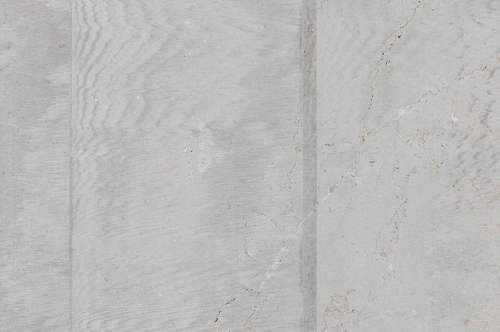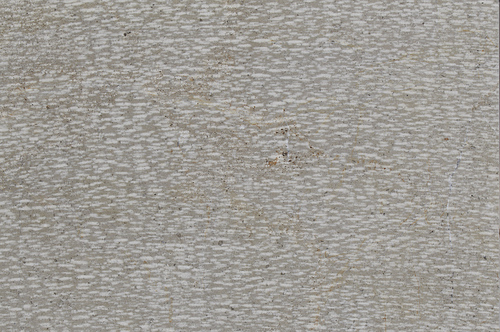Surface design

Bronze Gray limestone marble surface with Random finish
Polishing, coloring and inlaying have historically been the main and most frequent ways of elaborating stone surfaces in architecture. Next to them, different projecting cultures have added through the centuries new ways of manufacturing, wanting to modify stone surfaces with several gradients and reliefs.

Bronze Gray limestone marble surface with Corteccia finish
Nowadays as well design keeps underlining the chromatic richness of the stone universe thanks to selections, compositions and variations of shades and textures. And more often than ever there is a profound creative intent in manipulating the crystal structure of rocks with processes such as scraping and engraving aimed to create sensorial and aesthetical superimpositions.

Bronze Gray limestone marble surface with Canaletto finish
In this direction the new experimentations at Pibamarmi are moving, exalting or changing visual and tactile attitudes towards marbles and stones that gain richer and multifaceted identities. We’re talking about finishes that evolves from traditional textures, such as bush hammering or rifling, in new configurations of a stone design able to suggest renewed sensations and inspirations.
A clear example is this set of pictures revealing the iridescent identities of the limestone marble Bronze Gray, obtained through cutting, drilling or milling processes, which allows different light effects.

Bronze Gray limestone marble with Slash finish
In this way veined, striped, slightly or heavily ridged surfaces are obtained, creating rhythms and facies unexpected if one thinks of the original characters of the material. These results are only possible thanks to a projecting and productive culture which wants to gather the most contemporary themes, mixing a lively creativity and a consolidated analysis of the most peculiar natural aspects of the stones.
by Davide Turrini